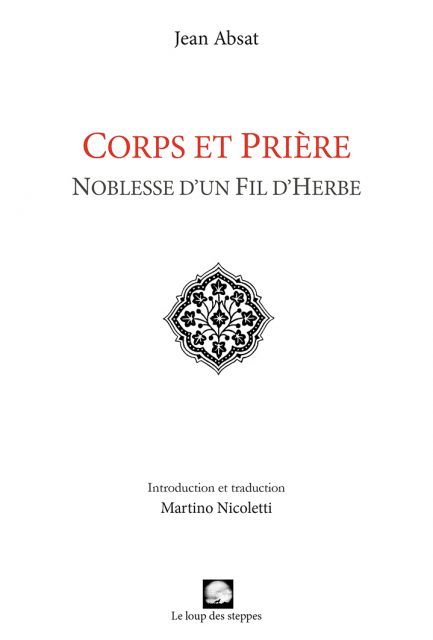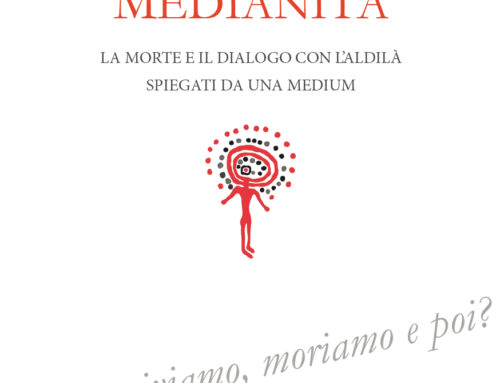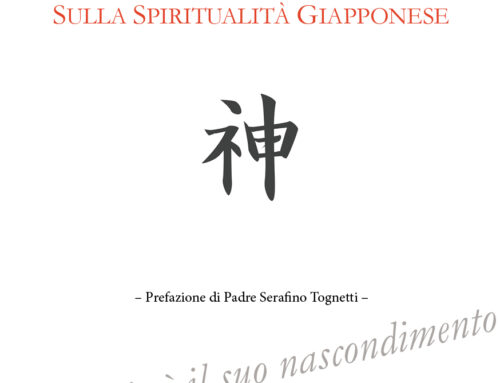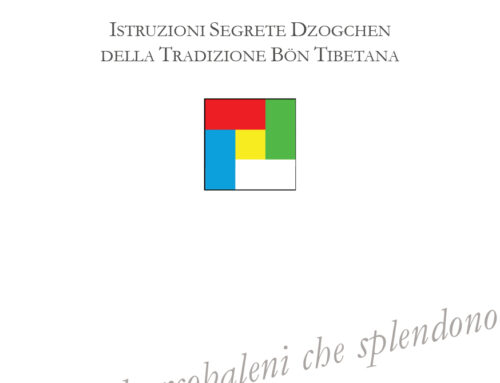Project Description
JEAN ABSAT (TRANSLATION AND INTRODUCTION BY MARTINO NICOLETTI), CORPS ET PRIÈRE : NOBLESSE D’UN FIL D’HERBE (BODY AND PRAYER: NOBILITY OF A YARN OF GRASS), PARIS, EDITIONS LE LOUP DES STEPPES, 2018

Following the ancient teachings of Jean Absat – traveller and “pilgrim of the soul” of Occitan origins, who lived in Persia, Central Asia and Armenia in the seventeenth century – this work shows how the body can be employed as a wonderful and outstanding “instrument of prayer”: an instrument that can lead the sincere seeker to a direct encounter with his “invisible heart” and with the ocean of living light and silence that dwells in the most intimate part of us.
By the hand, Absat accompanies the reader through an authentically initiatory itinerary, based on listening to the deep rhythms of the body, the breath, the use of sound, and the awakening of the subtle power of emotions.
It is at the culmination of this same journey that Absat introduces the extraordinary practice of “prayer in movement”: a form of unique and spontaneous prayer and meditation capable of uniting us, with the power of a thunder, to the infinite Source of every form, of every form of life and every movement.
It is here, and only here, that – realizing tangibly how our body has indeed always been immersed in spontaneous and unceasing prayer – we finally have access to the total simplicity, the unconditional freedom and the sublime nobility of a yarn of grass moved by the wind…
Yes, totally empty, transparent and free, dance! (…) You are the mirror of the Absolute, but you do not know that. You are his own eye, but you do not know. You, his own body, his arm and his hand, which, in total freedom, shapes the innumerable forms and infinite worlds. (…) Now you can understand: every breath of yours is already praying. Every look of yours is already praying. Every step and every gesture is already praying: seashell laid on the sand and resonating with the voice of the All. Water that pours into water. Source that returns to its Source.
Jean Absat





